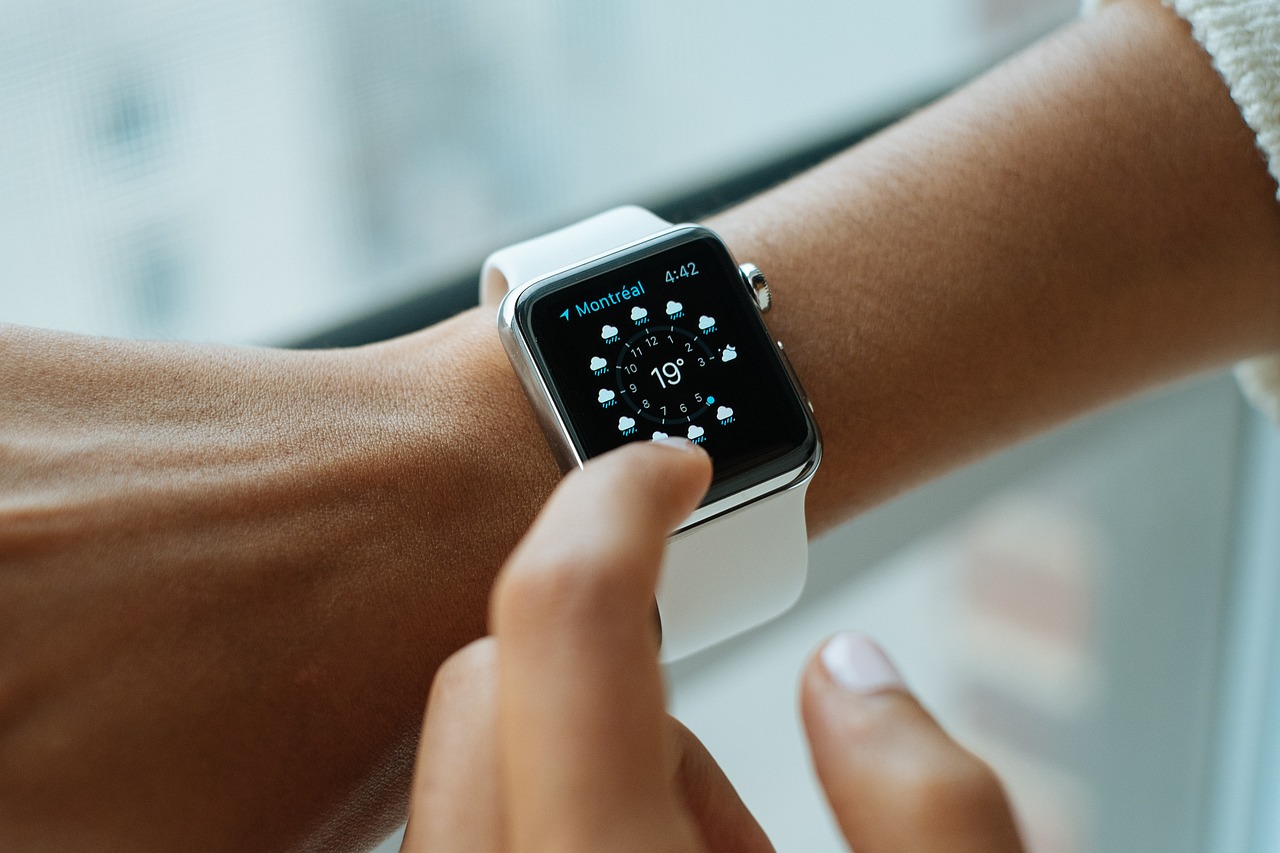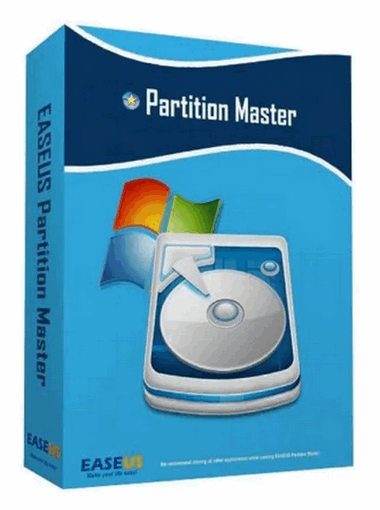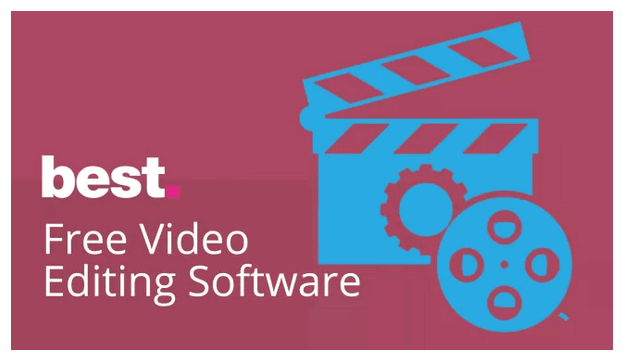In the realm of wearable technology, Apple Watch emerges as an emblem of innovation. Beyond a tool to keep time, it integrates a spectrum of capabilities, from fitness tracking to notification management, extending its role to a digital assistant on the wrist.
It’s the interplay of these features with dedicated software tools that further amplifies the utility of this device. This piece aims to unmask such software tools that propel the Apple Watch’s functionalities, thus unlocking a dynamic user experience.

Decoding the Compact Powerhouse: The Apple Watch
When it comes to technology that epitomizes a perfect blend of utility and style, the Apple Watch stands as a premier example. Nestled within its sleek design lies a world of diverse features. This innovative gadget, ranging from the classic models to the latest sell Apple Watch Series 7, enables health monitoring, communication, and entertainment right at the wrist.
From tracking one’s heart rate to receiving pertinent notifications, the Apple Watch ensures that the world stays within the user’s grasp. It allows the convenience of responding to messages, enjoying music, and even navigating unfamiliar terrains. The true prowess of this smartwatch, however, is brought to light with the addition of third-party software tools.
Expertly engineered, these software tools unveil the Apple Watch’s latent capabilities, significantly enhancing the user experience. They mark the point where cutting-edge technology meets user-friendly software, enabling the Apple Watch to actualize its potential fully. It’s this confluence of technology and user-centric software that sets the Apple Watch apart in the domain of wearable gadgets.
Also Read: 11 Best Video Editor Free trial software
The Role of Software Tools in Maximizing Your Apple Watch Experience
The dynamic of software tools and the Apple Watch can be likened to a symphony, where each element harmonizes to enhance the overall output. These tools inject further versatility into the Apple Watch, upgrading it from a mere wearable device to a personal assistant.
Enhancement of Functionalities
Software tools can augment the inherent functionalities of the Apple Watch in several ways.
- They bring about a host of customized features that cater to the varied needs of users, from fitness tracking to schedule management.
- User interfaces are improved, making the watch more intuitive and user-friendly.
- Software tools can often unlock hidden capabilities of the watch, providing a richer, more immersive user experience.
Thus, these tools play a significant role in optimizing the potential of the Apple Watch, ensuring it’s not merely a gadget, but a technological companion.
Unmasking Excellence: Premier Software Tools for the Apple Watch
In the landscape of technological advancements, numerous software tools stand poised to enhance the Apple Watch’s functionalities. These meticulously crafted tools, each with their distinct features, serve to transform the user experience.
- WorkOutDoors. When it comes to fitness tracking, WorkOutDoors is a standout. With comprehensive maps and configurable data screens, this tool offers fitness enthusiasts a complete workout companion right on their wrist.
- CARROT Weather. For those seeking precise weather updates, CARROT Weather stands out. This tool displays accurate weather forecasts, helping users plan their day effectively.
- Sleep++. For users who aim to monitor their sleep patterns, Sleep++ is a robust tool. It gives detailed insight into sleep quality, thus aiding in enhancing overall health.
- Nano for Reddit. Entertainment is an essential aspect of user experience, and for Reddit enthusiasts, Nano for Reddit does the trick. This tool offers users the Reddit experience right from their wrist.
- AutoSleep. And for those desiring automated sleep tracking, AutoSleep stands in a league of its own. The tool provides in-depth sleep tracking without any manual input from the user.
The evolution of software tools has indeed been a game-changer in amplifying the Apple Watch experience. These tools not only cater to users’ diverse needs but also significantly elevate the watch’s utility. As technology continues to advance, it’s evident that software tools will play an even greater role in redefining the user experience with the Apple Watch.
Also Read: Best Whiteboard Animation Software of 2020
How to Choose the Right Software Tool for Your Needs?
Choosing a software tool for the Apple Watch involves more than just a cursory glance at features. It’s about aligning the tool’s capabilities with individual needs, enabling the watch to truly become an extension of the user. Some key considerations include:
- Functionality: A tool’s features should align with the user’s requirements. For instance, a fitness enthusiast may benefit from a tool offering in-depth workout tracking, while a busy professional may need a robust task management tool.
- Ease of Use: The software tool should offer an intuitive interface. After all, a tool is only as good as its usability.
- User Reviews: Reviews provide insight into a tool’s performance and reliability. A software tool with high ratings and positive reviews usually signifies a trustworthy choice.
- Compatibility: The software tool must be compatible with the user’s version of the Apple Watch. Not all tools support all models, so checking compatibility is essential.
By considering these factors, the selection process becomes more targeted, ensuring that the chosen software tool truly enhances the Apple Watch experience.
Given the ever-evolving nature of technology, it’s important to remain open to the constant flux within the world of software tools. As software developers strive to push the envelope, the range of available tools for the Apple Watch is bound to evolve. A final word of advice is to stay informed and updated. Regularly checking for software updates and new tool releases will ensure that users continually harness the potential of their Apple Watch. This habit will not only help to maximize the utility of the device but also ensure a consistently satisfying and enhanced user experience.









